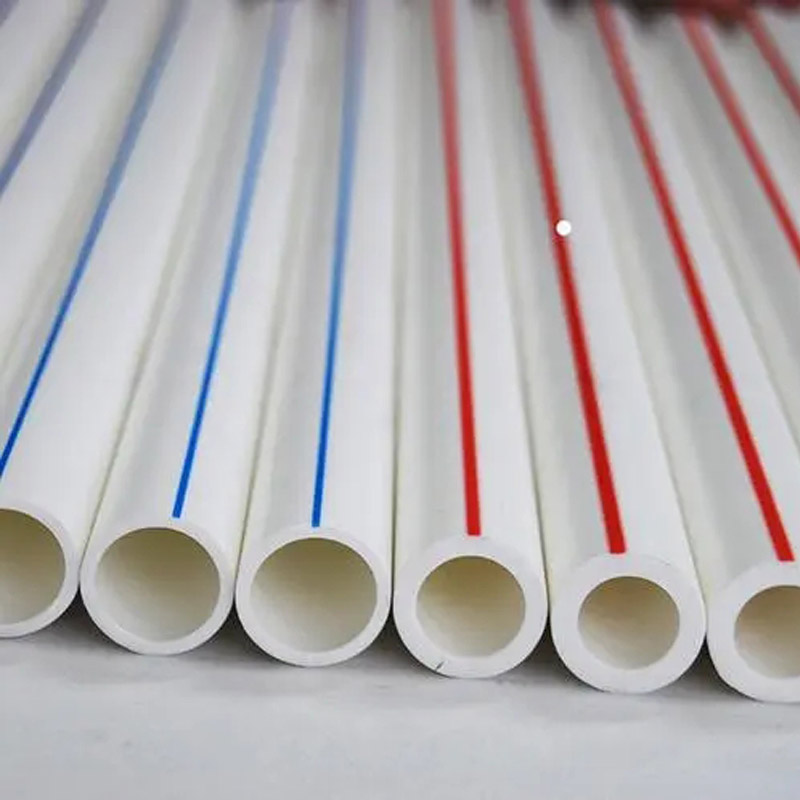Nov . 05, 2024 07:48 Back to list
water pipe ppr service
Understanding Water Pipe PPR Services A Comprehensive Guide
In the modern world, the quality and reliability of plumbing systems are crucial for both residential and commercial establishments. One of the most significant innovations in plumbing technology is the introduction of PPR (Polypropylene Random Copolymer) pipes. These pipes have become increasingly popular for their durability, efficiency, and versatility in conveying water. This article delves into the various aspects of water pipe PPR services, highlighting their benefits, installation procedures, and maintenance.
What is PPR?
PPR is a type of plastic piping system widely used for hot and cold water supply lines. Due to its chemical makeup, PPR pipes are resistant to corrosion, rust, and scaling, making them an ideal choice for water distribution. They are often preferred over traditional materials like metal pipes, which can degrade over time due to environmental factors. Additionally, PPR pipes have a smooth internal surface that allows for high flow rates and minimizes the risk of blockages.
Benefits of PPR Pipes
1. Durability PPR pipes can withstand high temperatures and pressures, making them suitable for various applications, including residential plumbing, heating systems, and even industrial processes. Their lifespan can exceed 50 years with proper installation and maintenance.
2. Cost-effective While the initial investment in PPR piping may be slightly higher than that of traditional materials, the long-term savings in maintenance, repair, and energy efficiency often make it a more economical choice.
3. Low thermal conductivity PPR pipes do not conduct heat well, which means they are not prone to condensation. This characteristic helps maintain water temperature, reducing energy costs in heating applications.
4. Lightweight and easy to install The lightweight nature of PPR pipes makes them easier to transport and install. Installation does not require heavy equipment, which can help lower labor costs and installation time.
5. Eco-friendly PPR pipes are recyclable and manufactured without toxic materials, making them a safe choice for both the environment and human health.
Installation Process
water pipe ppr service

The installation of PPR pipes requires skilled professionals who are familiar with the specific techniques required for this type of piping. Here are the general steps involved
1. Planning A thorough assessment of the plumbing requirements is necessary. This includes determining the pipe sizes, fittings, and layout.
2. Preparation Before installation, the work area should be cleared, and necessary tools and materials should be gathered. Standard tools include pipe cutters, fusion welding machines, and measuring tapes.
3. Cutting and Preparing Pipes PPR pipes are cut to the desired lengths using a specialized cutter. The ends of the pipes are then prepared by smoothing and cleaning them to ensure a secure joint.
4. Joining Pipes PPR pipes are typically joined using a heat fusion method, where the pipes and fittings are heated with a welding tool and then pressed together to create a strong bond. This process requires careful temperature control and timing for optimal results.
5. Testing After installation, the system is pressure tested to check for leaks and verify the integrity of the plumbing system.
Maintenance
Maintaining PPR plumbing systems is generally straightforward. Regular inspections can help identify potential issues such as leaks or signs of wear. Additionally, the absence of rust or corrosion means that PPR pipes typically require less maintenance than traditional piping systems. However, should repairs be necessary, they can be conducted easily by professionals without extensive downtime.
Conclusion
The adoption of PPR pipes represents a significant advancement in plumbing technology, offering numerous benefits for water distribution systems. From their durability and cost-effectiveness to their eco-friendliness, PPR pipes have established themselves as the preferred choice for both new installations and renovations. Understanding the components of water pipe PPR services—from installation to maintenance—can help property owners make informed decisions, ensuring efficient and reliable water supply systems for years to come. Whether you are a homeowner or a business owner, investing in PPR plumbing can lead to substantial long-term advantages.
-
High-Quality PVC Borehole Pipes Durable & Versatile Pipe Solutions
NewsJul.08,2025
-
High-Quality PVC Perforated Pipes for Efficient Drainage Leading Manufacturers & Factories
NewsJul.08,2025
-
High-Quality PVC Borehole Pipes Durable Pipe Solutions by Leading Manufacturer
NewsJul.08,2025
-
High-Quality PVC Borehole Pipes Reliable PVC Pipe Manufacturer Solutions
NewsJul.07,2025
-
High-Quality UPVC Drain Pipes Durable HDPE & Drain Pipe Solutions
NewsJul.07,2025
-
High-Quality Conduit Pipes & HDPE Conduit Fittings Manufacturer Reliable Factory Supply
NewsJul.06,2025

